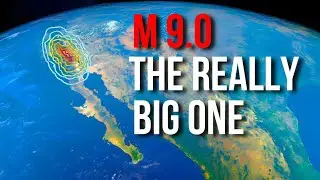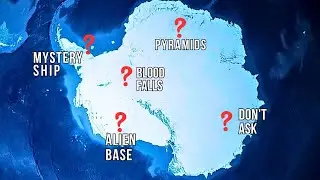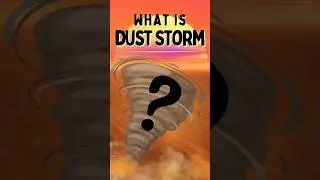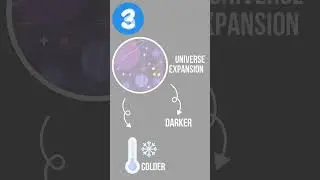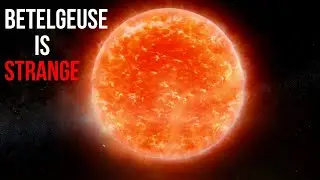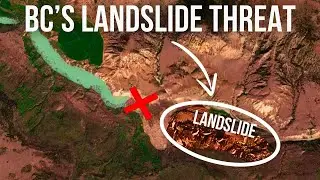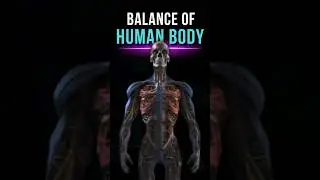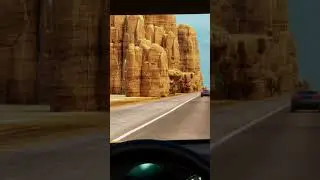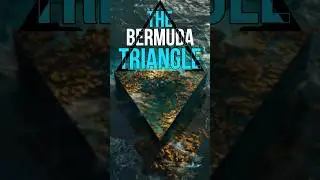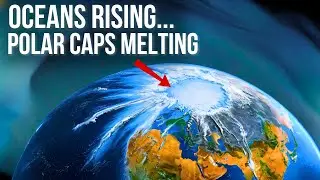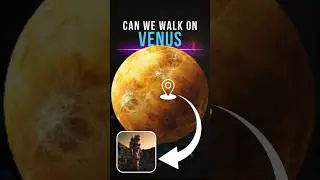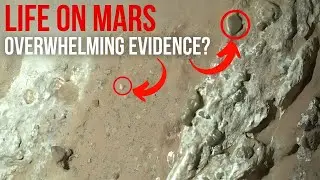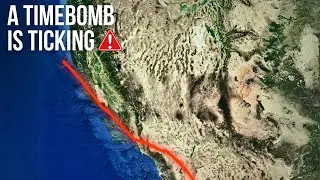Haumea Facts And History: The Fast Spinning Dwarf Planet!
From its fast-spinning rotation, to the fact that it looks like a football, and more! Join me as I detail for you Haumea Facts and history: The fast spinning dwarf planet!
-------------------------------------------------------------------------------------------
Subscribe for more videos:https://www.youtube.com/c/InsaneCurio...
Business Enquiries: [email protected]
-------------------------------------------------------------------------------------------
8. What Is Haumea?
Despite our solar system being one that is very much in depth in terms of public knowledge about what's out there, there are a few things that don't exactly make the headlines, and Haumea is one of them. Why is that? Because it's a dwarf planet. A dwarf planet is one that has shape of a planet in part or in whole, and has the size to match up to one in part, but it just a bit smaller and has other issues and thus doesn't meant the true qualifications of a true planet.
Haumea is found in the Kuiper Belt that is just beyond the planet Neptune. Two teams claim credit for its discovery. Mike Brown and his team at Caltech discovered Haumea in December 28, 2004 on images they had taken on May 6, 2004. On July 20, 2005, they published an online abstract of a report intended to announce the discovery at a conference in September 2005. At around this time, José Luis Ortiz Moreno and his team at the Instituto de Astrofísica de Andalucía at Sierra Nevada Observatory in Spain found Haumea on images taken on March 7–10, 2003. Ortiz emailed the Minor Planet Center with their discovery on the night of July 27, 2005.
Brown initially conceded discovery credit to Ortiz, but came to suspect the Spanish team of fraud upon learning that his observation logs were accessed from the Spanish observatory the day before the discovery announcement.
These logs included enough information to allow the Ortiz team to precover Haumea in their 2003 images, and they were accessed again just before Ortiz scheduled telescope time to obtain confirmation images for a second announcement to the MPC on July 29. Ortiz later admitted he had accessed the Caltech observation logs but denied any wrongdoing, stating he was merely verifying whether they had discovered a new object. Precovery images of Haumea have been identified back to March 22, 1955.
IAU protocol is that discovery credit for a minor planet goes to whoever first submits a report to the MPC (Minor Planet Center) with enough positional data for a decent determination of its orbit, and that the credited discoverer has priority in choosing a name.
7. Size and Distance
With a radius of about 385 miles (620 kilometers), Haumea is about 1/14 the radius of Earth. If Earth were the size of a nickel, Haumea would be about as big as a sesame seed. This is one of the reasons why it's called a "Dwarf Planet" because while it has an impressive size, it doesn't measure up to the other planets of the solar system.
The irony of this is many fold, not the least of which is that there have been several "updates" to the size and radius and dimensions of Haumea as a whole. While no one doubts its elongated shape (which we'll be touching on in a sec), the dimensions on all its side have been conflicting depending on who you talked with. Including 2017 and 2019 studies trying to figure out what the true dimensions are.
From an average distance of 4,010,000,000 miles (6,452,000,000 kilometers), Haumea is 43 astronomical units away from the Sun. One astronomical unit (abbreviated as AU), is the distance from the Sun to Earth. From this distance, it takes sunlight 6 hours to travel from the Sun to Haumea. This is rather long compared to the Earth where it takes mere minutes to reach us. Thus why it's much colder in the solar system the farther that you go out into the distance.
6. Orbits And Rotations
Haumea is a bit curious when it comes to its orbits and rotations. It takes 285 Earth years to make one trip around the Sun. However, as Haumea orbits the Sun, it completes one rotation every 4 hours, making it one of the fastest rotating large objects in our solar system. Think about that for a second, this object has a "day" in about 1/6th the time the Earth does.
Video Chapters:
00:00 Introduction
0:25 What is Haumea
3:42 size and distance
5:14 Orbits and Rotations
6:56 Moons
9:19 The surface of Haumea
12:21 Formation
13:38 The ring
15:14 Future Discoveries of Haumea
#InsaneCuriosity #haumea #fastspinningdwarfplanet
Смотрите видео Haumea Facts And History: The Fast Spinning Dwarf Planet! онлайн, длительностью часов минут секунд в хорошем качестве, которое загружено на канал Insane Curiosity 22 Июнь 2020. Делитесь ссылкой на видео в социальных сетях, чтобы ваши подписчики и друзья так же посмотрели это видео. Данный видеоклип посмотрели 68,192 раз и оно понравилось 1.7 тысяч посетителям.








